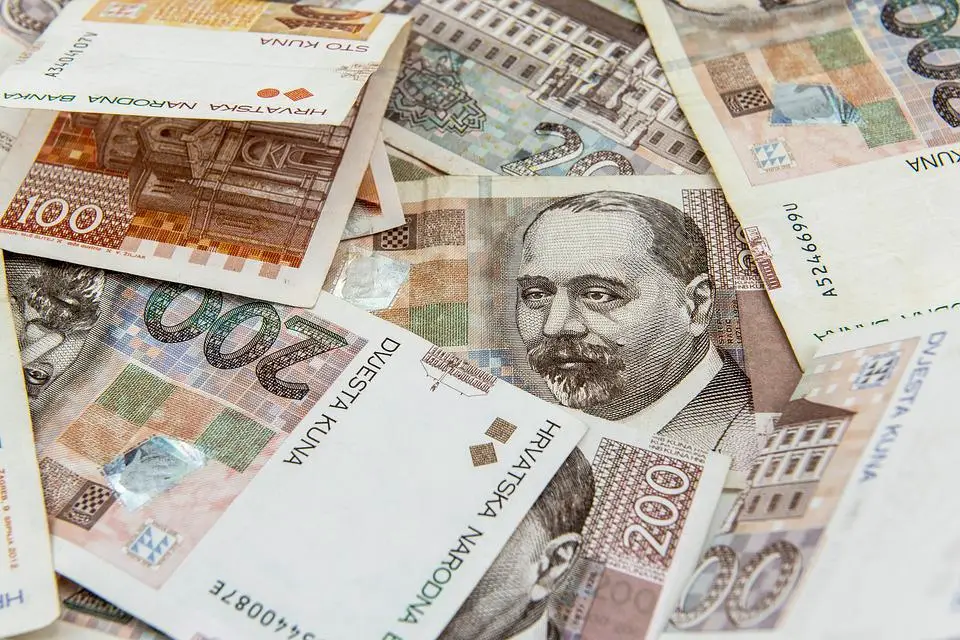As Poslovni Dnevnik writes, the above information on the Croatian general government debt is according to the latest data from the Croatian National Bank (HNB), and Raiffeisenbank Austria (RBA) analysts. The annual increase in Croatian general government debt has been caused by an increase in both domestic and foreign debt, according to the latest CNB data.
As such, the internal debt is higher by 4.5 billion kuna or 2 percent when compared to the end of May 2021, to almost 223 billion kuna, which is largely the result of the growth of the central government’s debt on long-term securities and long-term loans. At the same time, Croatia’s foreign debt increased by 1.4 billion kuna, or 1.2 percent, to 121 billion kuna in total. When compared to the end of April, however, the general government debt was reduced by 12.1 billion kuna.
The reduction of the Croatian general government debt on a monthly basis is the result of the settlement of the Eurobond due on May the 30th, 2022, for the refinancing of which funds were collected by the April issue of the Eurobond in the total nominal amount of 1.25 billion euros, they pointed out from the RBA.
At the level of the whole year, RBA analysts expect the continuation of the growth of the Croatian general government debt in absolute terms due to growing financing needs, because of union demands for wage growth in an environment of pronounced inflationary pressures, but also as a result of a series of fiscal measures to mitigate the unfavourable impact of price increases on both consumers and enterprises.
“Although fiscal risks are increasing, we expect the Croatian general government deficit to remain at the level of 3 percent of GDP,” the RBA concludes.
For more, make sure to check out our dedicated politics section.










